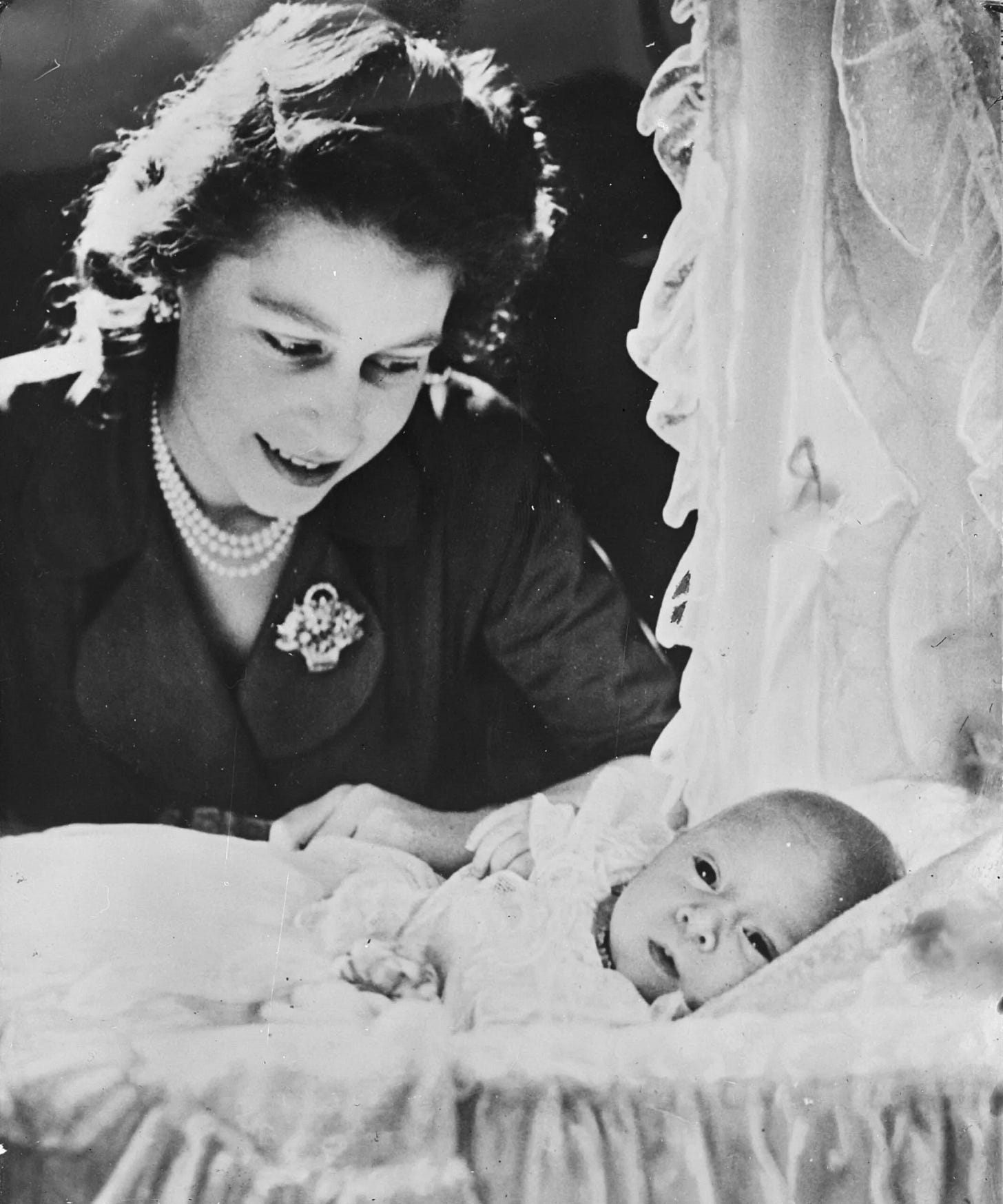How Charles was very nearly not a prince
There's been a lot of talk over the last year or so about why the children of the Duke and Duchess of Sussex don't have titles. But did you know that Prince Charles was very nearly not born a prince? It's an interesting story and shows that Archie and Lilibet's situation isn't as strange as you might think.
Let's start by reviewing the rules about who is or isn't a prince. For centuries, this was controlled by ill-defined customs and it was as recently as 1917 that George V issued Letters Patent defining the rules on who would receive a royal title (that is, who would be able to use HRH and be a prince or princess). The rules he came up with were as follows:
Children of a monarch
Children of the sons of a monarch
The eldest son of the eldest son of the Prince of Wales
The last rule on that list was tweaking by the Queen in 2012, so it now reads:
Children of the eldest son of the Prince of Wales
The effect of that change was that the second and third children of Prince William became Princess Charlotte and Prince Louis - which they wouldn't have been before the change.
When we look at these rules, we can see that they define the princely status of the children, grandchildren and great-grandchildren of a monarch. It makes sense that the only great-grandchildren who get royal titles are the children of the eldest son of the Prince of Wales as they are the people who will be the core of the royal family in the future. The bit about "the eldest son" might need to be changed when if the eldest child of a Prince of Wales is a daughter - but that's a problem for a later date.
The list also explains some of the questions that are frequently asked about titles.
Archie and Lilibet Mountbatten-Windsor aren't currently entitled to princely status (but that will change when their grandfather is king)
The children of Princess Anne were never going to have royal titles (but they would have received noble titles if Mark Phillips had accepted the earldom he was presumably offered when he married Anne)
The Duke of Gloucester, Duke of Kent, Princess Alexandra and Prince Michael of Kent all have royal titles because they are the grandchildren of George V
The only anomaly left is that the children of Prince Edward are entitled to royal status but don't use it. This was a decision taken by their parents. The children do have that status, they just choose not to use it. The children are entitled to override their parents' decision when they reach their eighteenth birthdays, but Lady Louise has just passed that milestone and there has been no announcement of her title changing.
So, as I said above, this explains why Archie and Lilibet Mountbatten-Windsor are not currently given royal status. This is how royal experts always expected it to work. No-one should be surprised at the situation. And the situation will change when Prince Charles becomes king. They will then be the children of a son of a monarch and will become Prince Archie and Princess Lilibet. I believe that this will be the first example of someone gaining princely status because a new monarch took the throne.
But it might not have been that way. There could have been an earlier example.
Think back to October 1948. George VI is on the throne. He has two daughters - Princess Elizabeth and Princess Margaret. Both women were grandchildren of George V when they were born and were therefore born princesses as the daughters of a son of a monarch. Princess Elizabeth married the Duke of Edinburgh in November 1947 and by October 1948 it was well-known that she was expecting her first child.
But consider that child - who we now know to be Charles. He was born as a grandson of a monarch, but not the child of the son of a monarch. Being the son of a daughter of a monarch, he would not be expected to receive a royal title. He would, presumably, have been known as the Earl of Merioneth (his father's subsidiary title). And when Anne was born two years later, she would have been Lady Anne Windsor. Similarly to Archie and Lilibet, they would have both been given royal titles when their mother became queen in 1952 but, until then they would have suffered under the gender bias of George V's rules.
However, their grandfather noticed the problem and pre-empted it. In October 1947 (a few weeks before Charles was born) he issued Letters Patent declaring that all children of Princess Elizabeth would be given royal status. Unfortunately, he only changed the rules specifically for her children and didn't think to put a rule in place that would cover any future situations where we had a princess who was first in line to the throne and old enough to be having children (something that will become more common now that monarchs tend to live longer and we've abolished male-preference primogeniture). Just another little point that will need adjusting as the royal family tries to work in a less sexist manner - but that's a topic for another article.
I confess that I hadn't heard this story until a few weeks ago and I'm rather embarrassed to admit that I failed to realise how close we came to having someone who was second in line to the throne who didn't have a princely title. Did you know about this?

